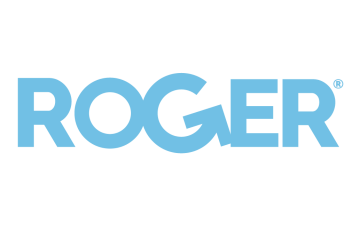In 2018 only, 10 European low-cost airlines collapsed (amongst others Primera Air, VLM Airlines). WOW Air, a long-haul budget airline, declared bankruptcy a month ago. What is happening within the European airline industry nowadays? Is the business model that budget airlines follow simply unsustainable?
Deregulation of the European Airline Industry
Prior to 1997, European air travel was divided amongst distinct, domestic markets, mostly dominate by national flag carriers like British Airways or Air France. The market was protected by rules and regulations initiated by the governments, that protected the flight routes of these long-existing, state-owned carriers. These carriers enjoyed the benefit of full protection on their flight routes as the government had ownership as a motivation to keep the industry protected from new entrants. For customers, highly unbeneficial, as you can imagine.
Under the European Community Law, however, a change was made in the regulations of the European Airline industries after and developments in the USA and a partnership between Britain and Ireland. The law of “abusing dominant positions” was sharped against the airline sector. In 1987, the European Commission stated that any licensed European carrier could fly on a scheduled service basis into any European market. As a result of this legislation, 80 new airlines entered the industry: many of them operating with a budget business model.
Desired effect… or not?
This regulatory change had his positive effect on airlines willing to entry the European airline sector, as well as flyers. The new regime increased competition and therefore lowered overall fares. New legislation on pricing ruled against unfairly high prices and extremely low prices, as to represent a possible market violation (predatory pricing). It also enabled the possibility for any European airline to offer any intra-European route. Whereas with old regulations, solely state-owned carriers could offer these in their countries, these routes were now open to all entrants. The airline industry was highly disrupted for the flag-carrying national airlines1.
As a result of the new legislation, many established airlines had to reform to keep up with the new competition and be more efficient. This developed lead to staff reductions and other restructuring efforts at the cost of the employees at most carriers – something low-cost carriers right now are still dealing with (e.g. Ryanair’s employees had multiple strikes over the last years).
The result of the whole change is mostly visible in the plummeted prices of flights serviced by Ryanair and easyJet: operated from secondary airports2 to keep costs low. Intra-European air travel has tripled and the aviation industry accounts for 3.3% of all EU employment.
Low-cost, low service
Ryanair and easyJet now hold 19% of the European aviation market, whereas a large percentage of the 1990-2000 budget entrants have already disappeared from the landscape. Many of the poorly performing airlines have left the industry after large accumulations of claims were simply unpayable.
First of all, the amount of entrants exceeded the 160 after the regulatory changes in 1987. There are around 200 airlines operating on European sole, whereas there are less than 100 airlines operating in the U.S. and Canada. 28 of the airlines in Europe cover 80% of the market, whereas in the U.S and Canada this number is reached by only 7 airlines. The industry is not consolidated and there are only so much passengers that are willing to fly on certain routes.
The growth of the European airline industry incentivized airlines to expand their number of seats and number of flights quite aggressively. However, despite the demand is not increasing, the costs went up due to increase in wages (mainly as a result of strikes) and a rise globally in fuel prices. Margins become simply too low and investments have been made in routes on which the demand is simply not there. Even Ryanair reported a loss in the last quarter of 2018 because they were unable to get the margins necessary to reach profits.
I guess the low-cost business model of budget airlines is not sustainable when prices are plummeting and variable costs are high. Big carriers as easyJet can handle losses for a quarter, but small budget airlines are almost immediately bankrupt. In the future, I hope for more regulations on the amount of budget airlines operating on routes to regulate air traffic and have a more sustainable industry for all players – which is beneficial for the customer, the environment and the existing carriers.
1Flag-carrying national airlines are state-owned airlines.
2Secondary airports are airports which are not the main airport of a city, but somewhere in a radius of 60 kilometres of the city

0 Comments